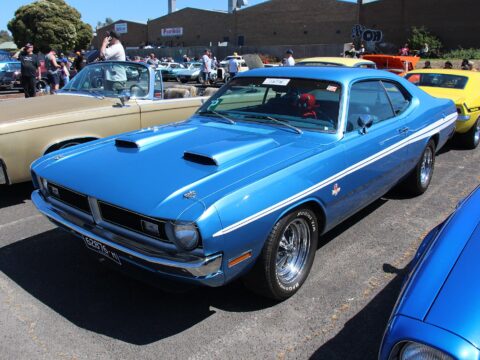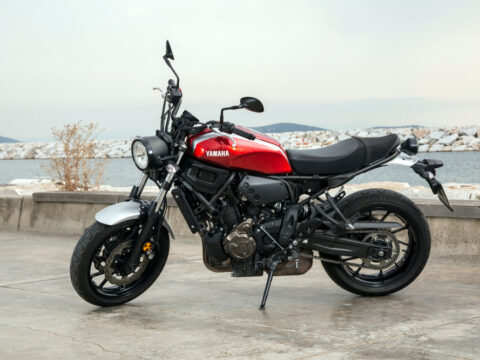Urbanization is rapidly transforming the way we live, work, and move through cities. As populations grow and urban areas expand, the demands on vehicle production are changing significantly. From the rise of electric vehicles to the development of smart transportation systems, the influence of urbanization on the future of vehicle production is profound. Here are 16 key ways in which urbanization is shaping the next generation of vehicles.
Contents
Shift Towards Electric Vehicles (EVs)
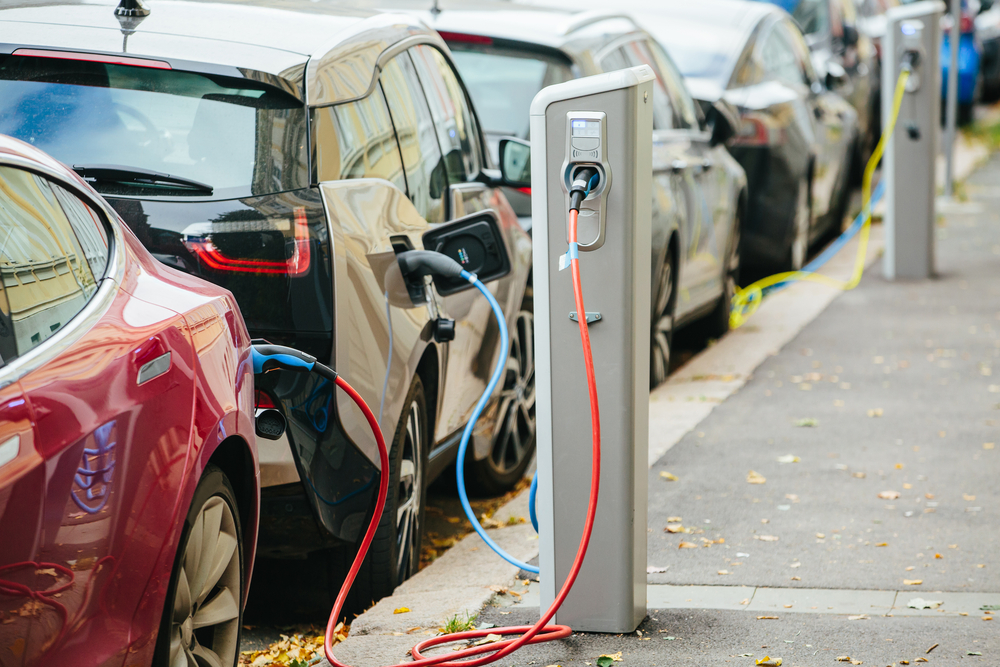
As cities expand, the push for cleaner air and reduced carbon emissions is accelerating the shift towards electric vehicles (EVs). Urban areas, where pollution is a significant concern, are increasingly enforcing strict environmental regulations. Consequently, manufacturers are ramping up EV production, focusing on improving battery technology and building out charging networks. Urban consumers, who are more environmentally conscious, are driving this demand, signaling a long-term trend in vehicle production.
Development of Autonomous Vehicles

The advent of smart cities is pushing the envelope on autonomous vehicle development. Urban congestion is a growing challenge, and the need for efficient, driverless solutions is becoming more pressing. In response, manufacturers are investing heavily in technology that enables vehicles to navigate complex city environments independently. This trend is reshaping vehicle design and production, with a particular emphasis on safety and connectivity.
Growth of Shared Mobility Services

Urbanization is fueling the rise of shared mobility services like ride-hailing and car-sharing, which, in turn, are influencing vehicle production strategies. Automakers are now prioritizing the development of vehicles specifically tailored for these services, emphasizing durability, ease of maintenance, and passenger comfort. This shift is expected to reduce the total number of vehicles produced while simultaneously increasing demand for models designed for high-frequency use.
Compact and Micro Vehicle Production
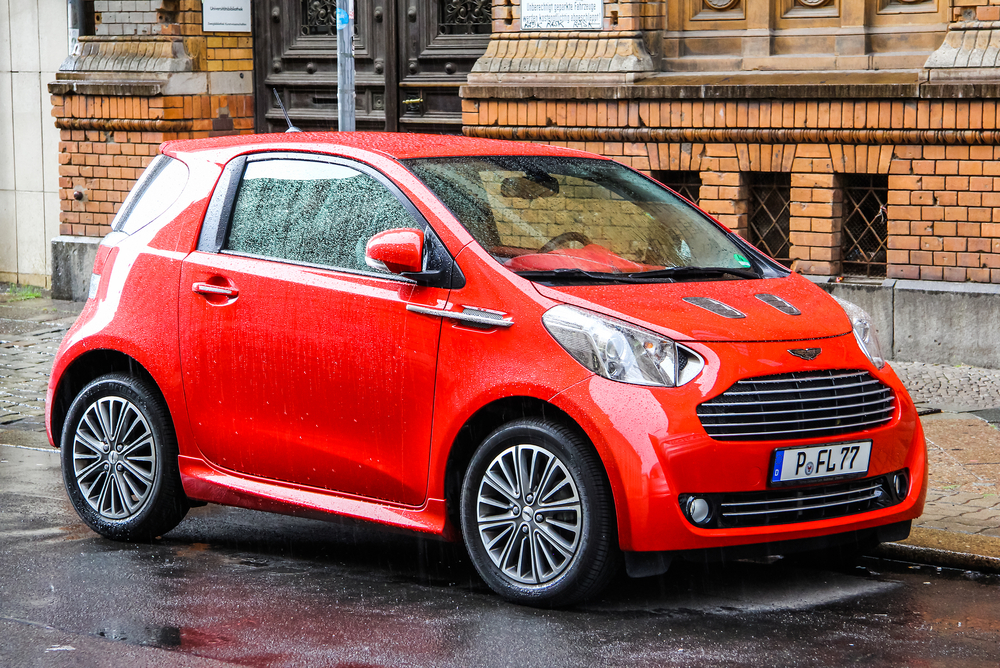
As urban density increases, the demand for smaller, more maneuverable vehicles is on the rise. Compact and micro vehicles offer a practical solution for city dwellers, particularly when it comes to navigating narrow streets and finding parking. Manufacturers are responding by designing vehicles that maximize interior space while maintaining a small footprint. This trend towards smaller vehicles is likely to continue as urbanization intensifies.
Increased Focus on Sustainability
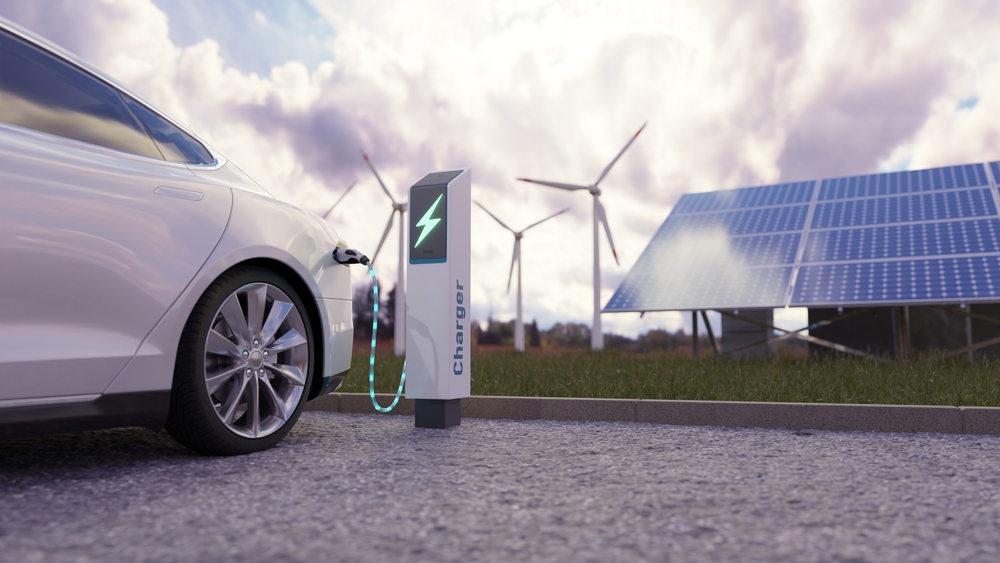
The move towards sustainability in vehicle production is gaining momentum as urban areas set ambitious environmental targets. Automakers are increasingly using recycled materials and renewable energy in their manufacturing processes. Additionally, innovations in vehicle design, such as the use of lightweight materials, are helping to improve fuel efficiency.
Integration of Smart Technology
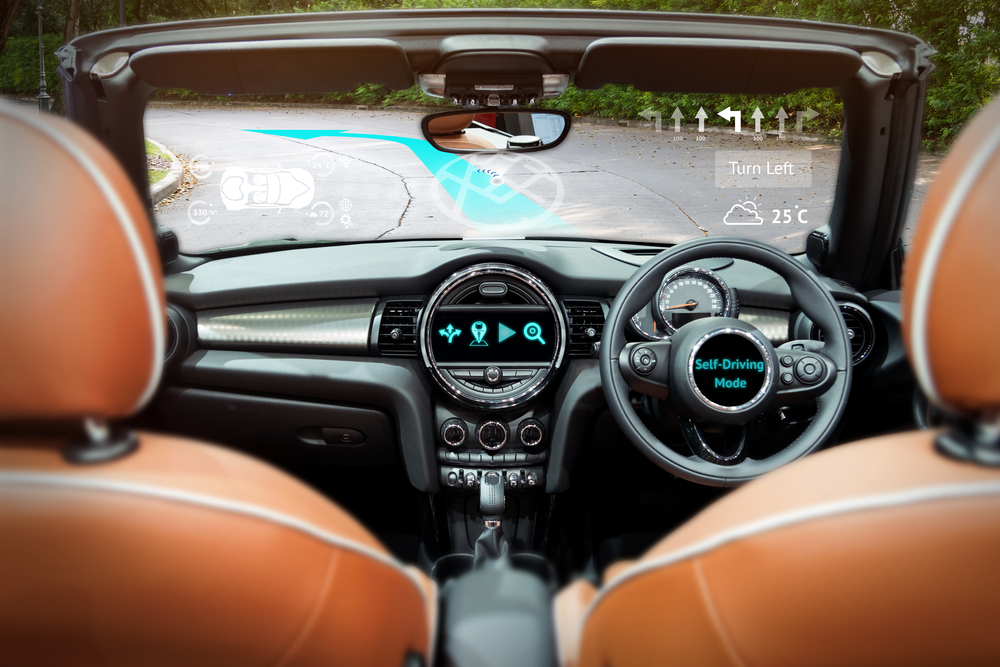
The integration of smart technology into vehicles is becoming a priority as urban areas evolve into smart cities. Automakers are incorporating features like real-time traffic updates, advanced navigation systems, and vehicle-to-infrastructure communication into their designs. This technological integration is transforming the way vehicles interact with their surroundings, driving significant changes in production processes.
Urban Logistics and Delivery Vehicles

The surge in e-commerce, combined with urbanization, is driving demand for specialized logistics and delivery vehicles. Automakers are increasingly focusing on producing compact, efficient vehicles equipped with advanced navigation systems for last-mile delivery. As cities continue to grow, the need for these specialized vehicles is expected to rise. This demand will likely influence production trends, leading to innovations in vehicle design tailored to urban logistics.
Decline in Private Vehicle Ownership

In densely populated urban areas, the decline in private vehicle ownership is becoming more pronounced. Public transportation and shared mobility options offer convenient alternatives, reducing the need for personal vehicles. As a result, automakers are shifting their focus from individual consumer sales to fleet sales.
Expansion of Public Transit-Oriented Vehicles
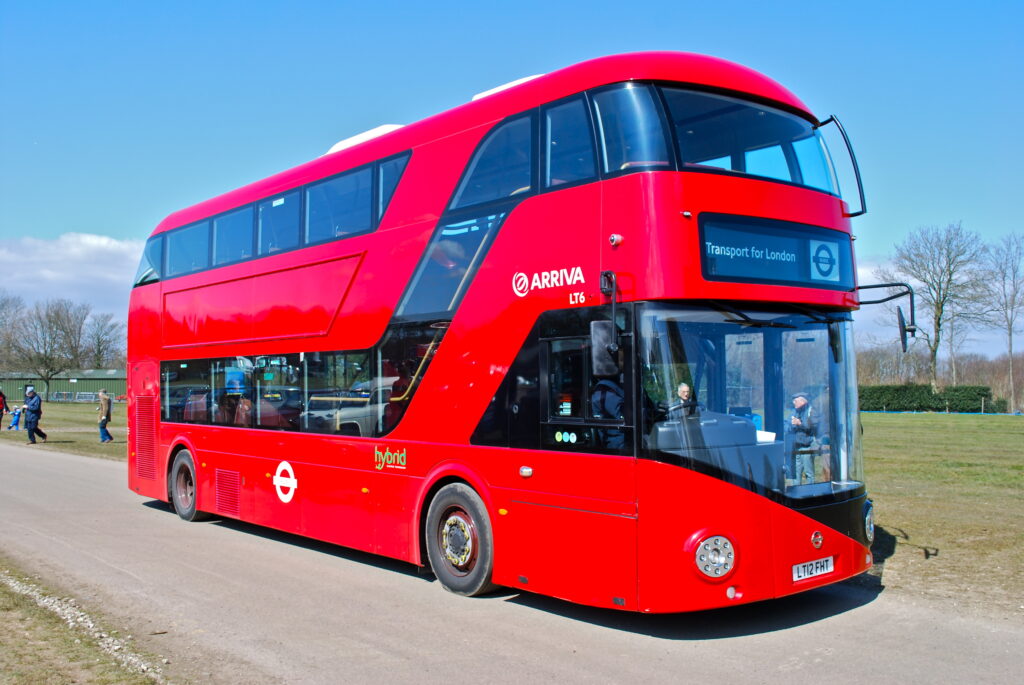
The growing urban population is fueling demand for public transit-oriented vehicles. In response, automakers are developing and producing buses, trams, and other mass transit vehicles that are energy-efficient and equipped with the latest technology. This shift in focus from individual vehicles to mass transit solutions is expected to have a significant impact on the vehicle production industry. As cities prioritize public transit, production strategies will continue to evolve.
Impact of Urban Traffic Regulations

Urban areas are implementing stricter traffic regulations, which are influencing vehicle production. Automakers are now focusing on creating vehicles that comply with stringent emission and noise standards. This includes the development of low-emission and quiet-operating vehicles, tailored for use in noise-sensitive areas. These regulatory pressures are expected to drive continued innovation in vehicle design and production processes.
Increasing Importance of Urban Design Aesthetics
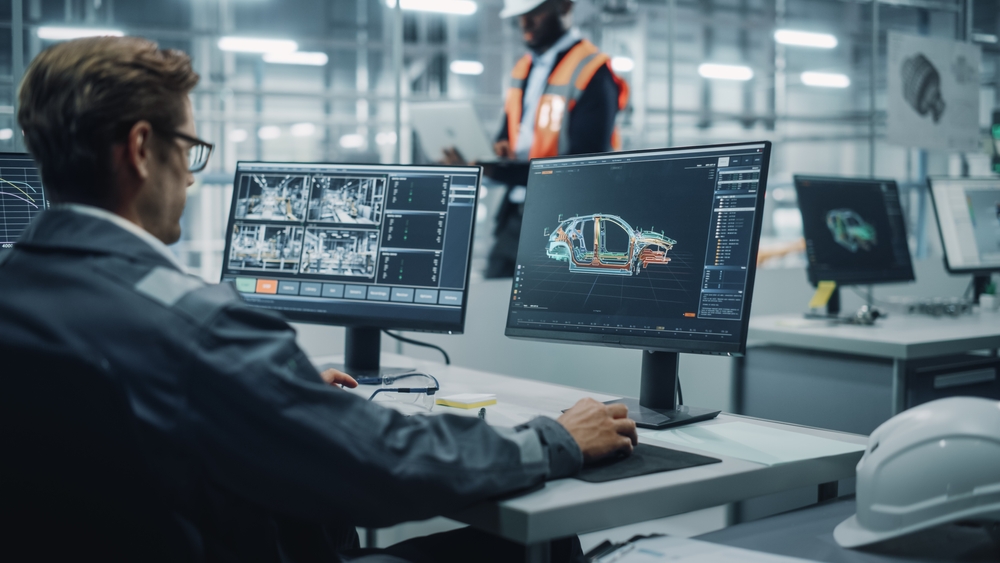
In urban settings, the aesthetic appeal of vehicles is gaining importance, particularly in areas where space is limited and vehicles are highly visible. Automakers are placing greater emphasis on designing vehicles that not only perform well but also complement urban architecture and public spaces. This focus on aesthetics is expected to influence production trends, as more attention is paid to the visual impact of vehicles in urban environments.
Development of Urban-Resilient Vehicles
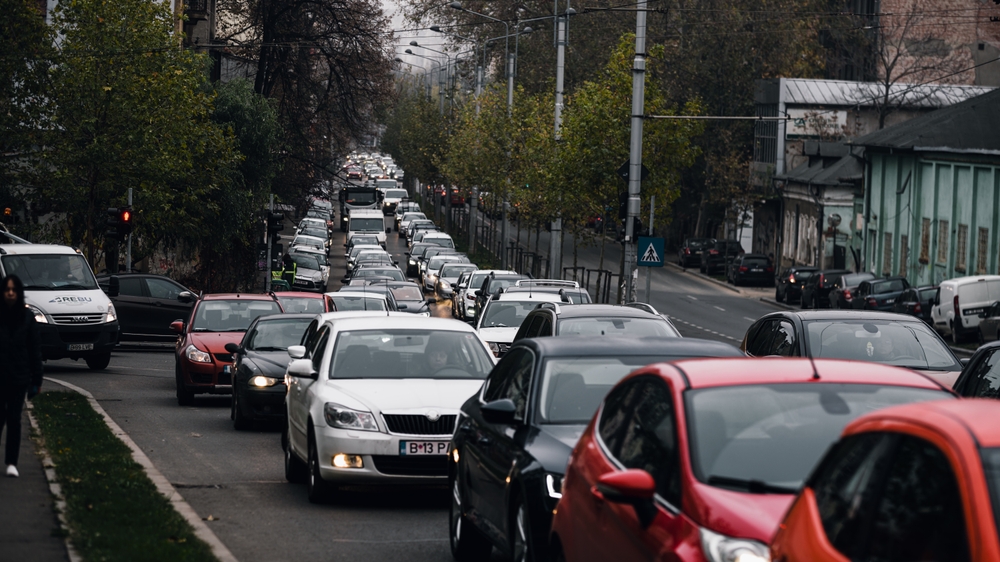
As urban areas face increasing environmental challenges like flooding and extreme weather, the demand for resilient vehicles is growing. Automakers are developing vehicles that can withstand harsh urban conditions, featuring elevated ground clearance and enhanced durability. This need for urban-resilient vehicles is expected to shape production trends, particularly in cities that are prone to environmental challenges. Manufacturers are likely to continue innovating in this area to meet the needs of urban populations.
Focus on Lightweight Vehicle Production
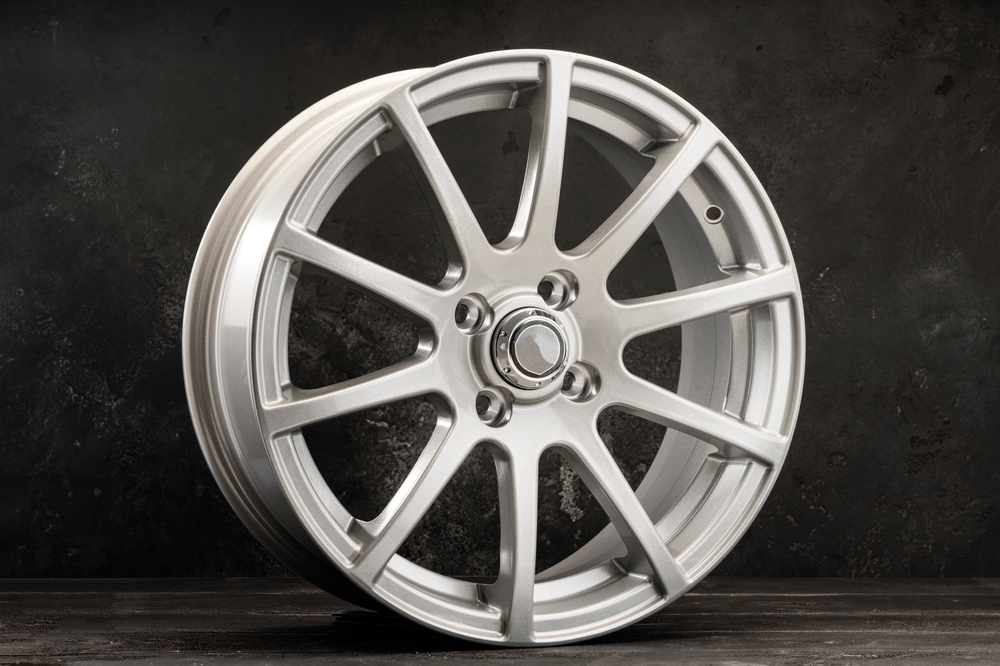
In response to growing urban density, there is an increasing focus on producing lightweight vehicles that are easier to maneuver and more fuel-efficient. These vehicles help to reduce traffic congestion and emissions, making them ideal for densely populated areas. Automakers are adopting lightweight materials and innovative designs to create vehicles that are both practical and efficient for urban use.
Impact of Urban Planning on Vehicle Design
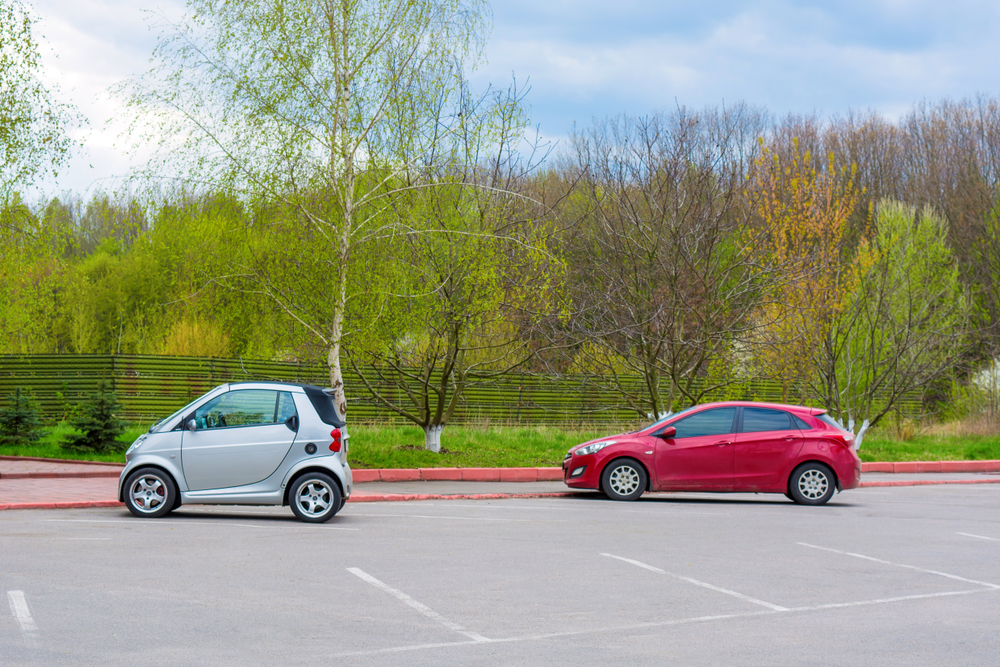
Urban planning decisions, such as the creation of pedestrian zones and restricted traffic areas, are influencing vehicle design. Automakers are adapting by developing smaller, more agile vehicles that can navigate these restricted areas with ease. This shift in urban planning is expected to continue shaping vehicle production, as cities prioritize walking, cycling, and public transportation over private cars.
Rise of Sustainable Mobility Solutions

As urban areas increasingly prioritize sustainability, there is a growing demand for vehicles that contribute to sustainable mobility solutions. Automakers are investing in the production of electric buses, bicycles, and other alternative transportation options that minimize environmental impact. This focus on sustainability is driving innovation in vehicle production and design, as manufacturers seek to meet the needs of eco-conscious urban populations.
Evolution of Vehicle Manufacturing Processes

The influence of urbanization on vehicle manufacturing processes is becoming increasingly evident, with a stronger emphasis on efficiency, sustainability, and adaptability. Automakers are adopting new technologies like automation and 3D printing to streamline production and reduce waste. The evolution of these manufacturing processes is expected to continue as urbanization drives the need for more efficient and environmentally friendly production methods.
This article originally appeared on MyCarMakesNoise.
More from MyCarMakesNoise
The 20 Worst Engines to Ever Power a Car
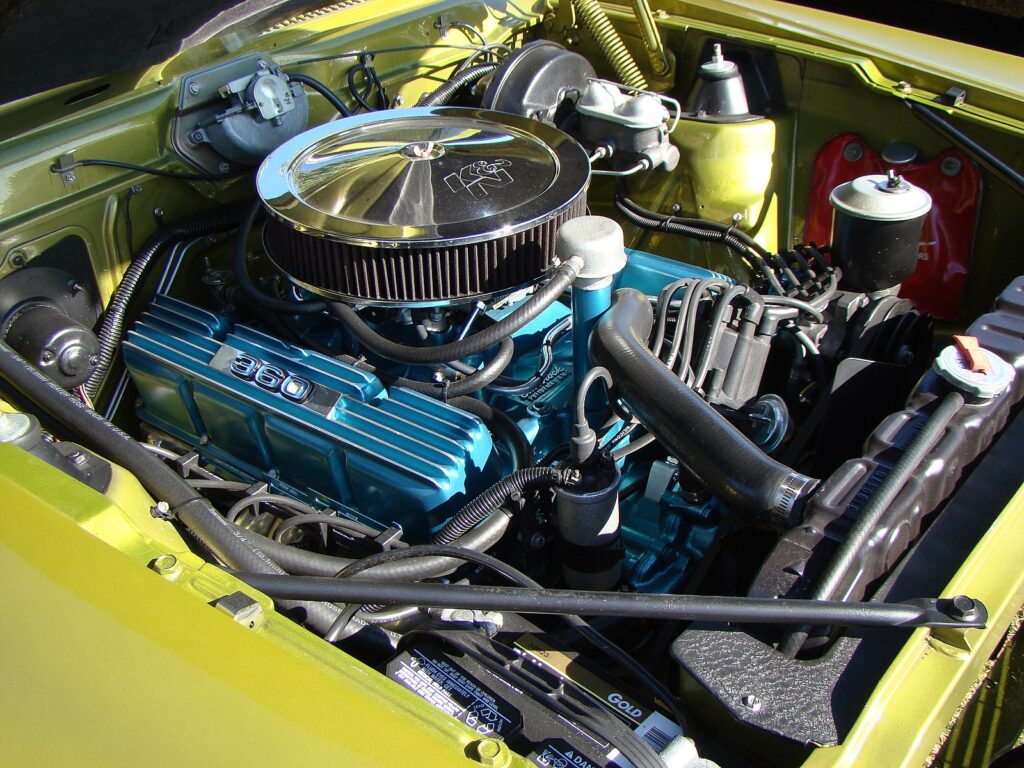
Some car engines are notorious for their high maintenance costs and frequent breakdowns. From the Cadillac V8-6-4 to the Volkswagen 2.0L TSI, these engines have faced numerous reliability issues, leading to costly repairs and owner frustration. Read More.
23 Luxury Electric and Hybrid Cars Leading the Market
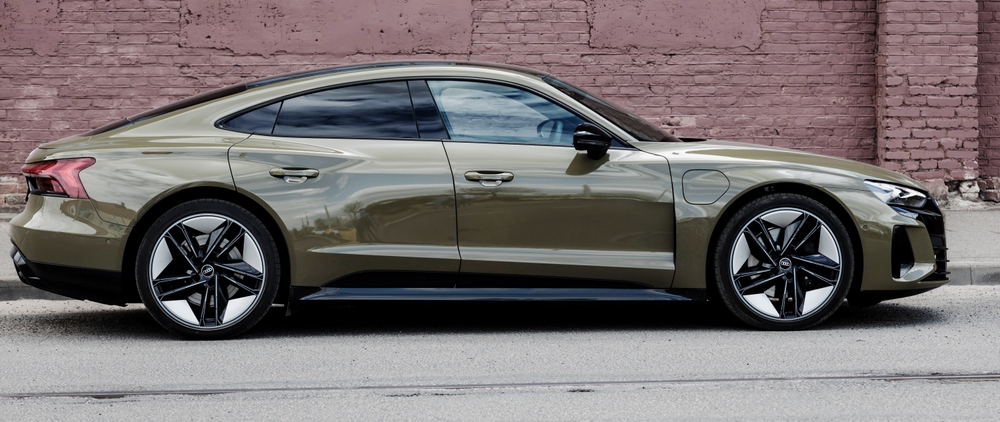
As the automotive industry embraces the shift towards sustainability, luxury car manufacturers are leading the way with a stunning array of high-end electric and hybrid vehicles. Read More.
18 Trailblazing Hydrogen Fuel Cell Cars on the Road Today
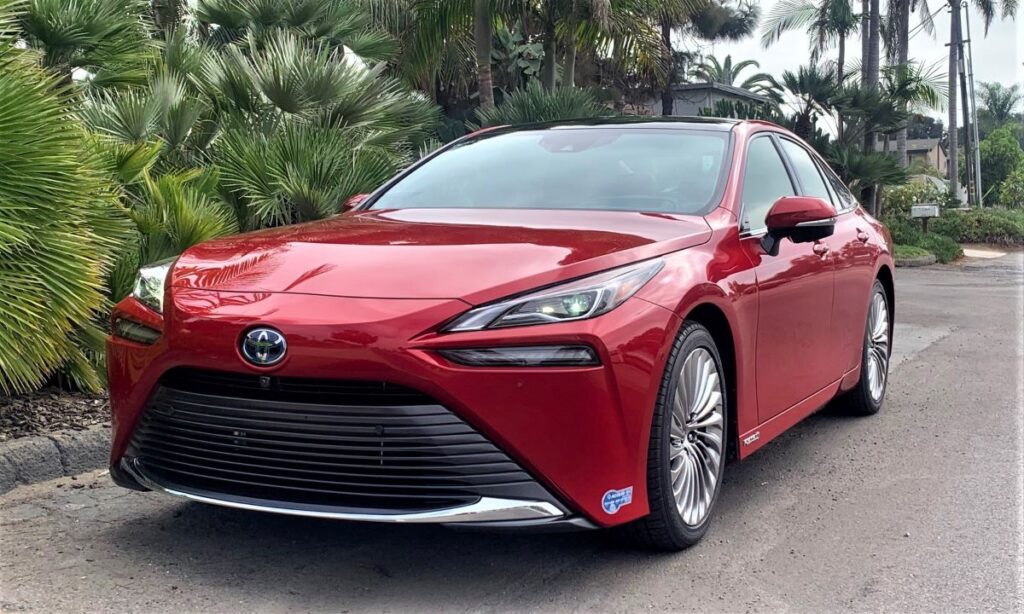
As the world moves towards sustainable energy solutions, hydrogen fuel cell cars are at the forefront of this green revolution. These innovative vehicles offer a glimpse into the future of transportation, combining cutting-edge technology with eco-friendly fuel. Read More.


